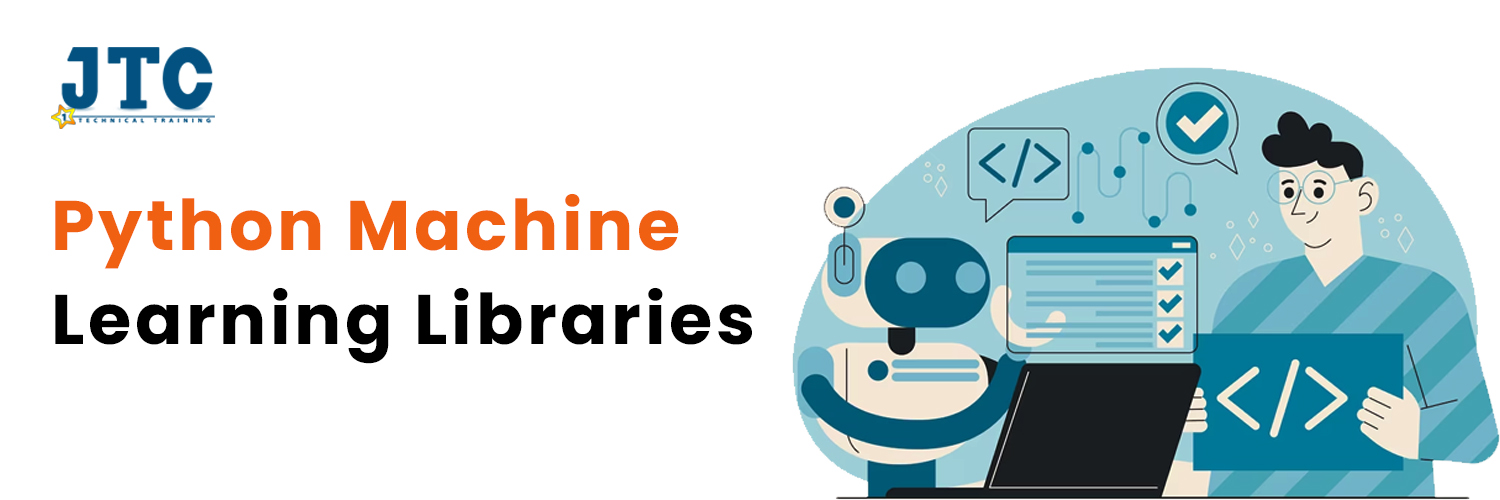“ Like Java and other High level programming languages, Python too has machine learning library that have powerful algorithms and software tools that can be applied for a wide range of problem situations in the development process. Python library tools can be used in data manipulation, model development and in evaluation and visualization of possible problem solutions.
Let us know here the popular machine libraries in Python that have found effective implementation all over the world by programmers and developers.”
NumPy:
NumPy presents tools for carrying out basic numerical processes and computations. If any problem requires solving of multi-dimensional arrays and matrices, then NumPy is a recommended library as it has a large assortment of mathematical functions that can be used in solving complex arrays within few seconds. NumPy has been used by developers to develop other machine learning libraries that expound over NumPy features.
Pandas:
Pandas is a library in Python that offers tools for quick manipulation of data. Data manipulation tools in Panda include data structures that are similar to tables found in any relational database. These tools have found vast usage in data organizing and structuring and simplifying the data handling process. One such data manipulation tool of Panda is DataFrames that is fairly popular.
Scikit-learn:
The Scikit-learn library in Python is known for its ease of use, consistent API and a comprehensive set of supervised and unsupervised learning algorithms. The library is well suited for those new to Python as it is easy to use. In the Scikit-learn library developers can find algorithms for conducting several data management operations like classification, regression, cluster analysis, condensing dimensions, and more such tools.
TensorFlow:
TensorFlow library of Python was developed by Google for machine leaning and deep learning applications, it is open source. The high level API (keras) now integrated into TensorFlow simplifies significantly the process of creating neural networks and hence is much preferred by many developers for building and training of neural networks.
PyTorch:
Pytorch library tools’ features like dynamic computational graph make them a preferred choice for carrying out flexible model building and debugging of new applications. Pytorch tools have found wide usage in institutions’ labs and industries for conducting AI based research and development.
LightGBM:
LightGBM library in Python also offers tools for gradient boosting process and these have been rated as highly efficient and speedy. The tools can be applied for handling large data sets and have been much used in several real world machine learning projects like Kaggle.
NLTK (Natural Language Toolkit):
NLTK Python library has been named after the task it has been built for, that is Natural Language Processing. The library has tools to perform tasks related to working with text data and NLP processes such as tokening, stemming, tagging parts of speech and more tasks.
CONCLUSION
Python libraries offer a comprehensive assortment of high compute power tools that are often used in the conduct of tasks related to machine learning and artificial intelligence. The libraries’ tools are user friendly and are suited for novice as well as veteran developers.







 JTC
JTC